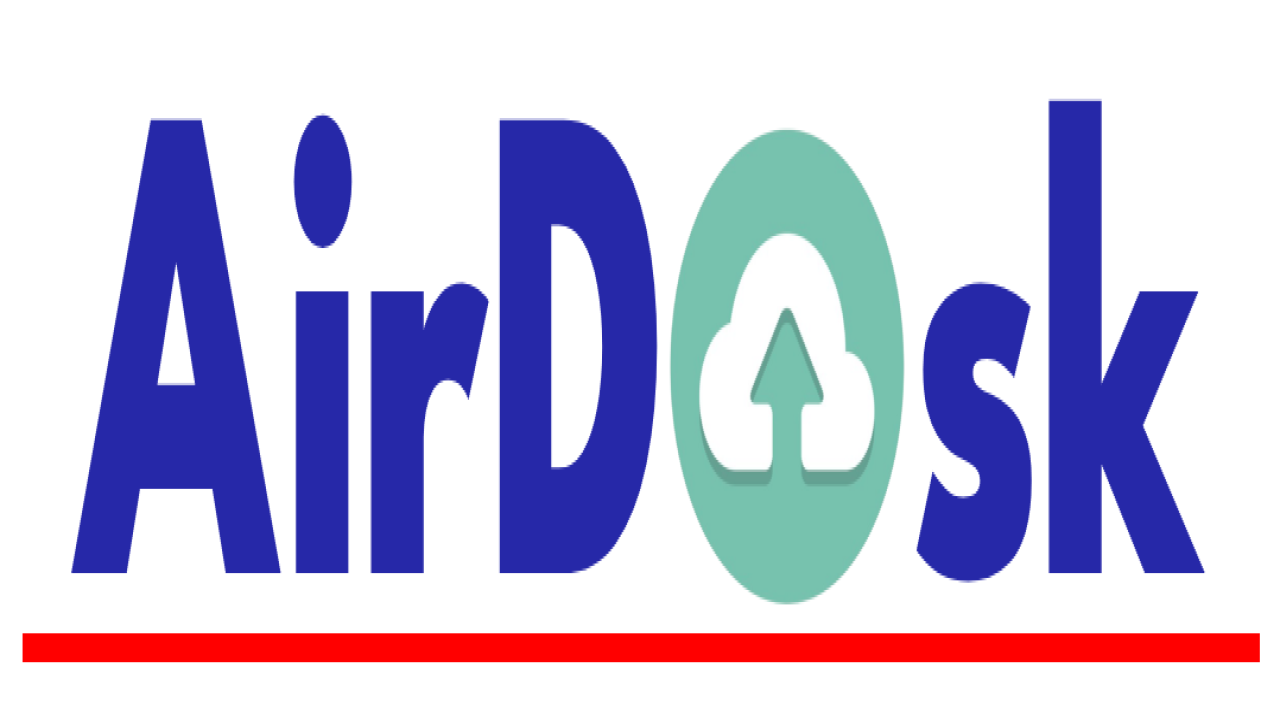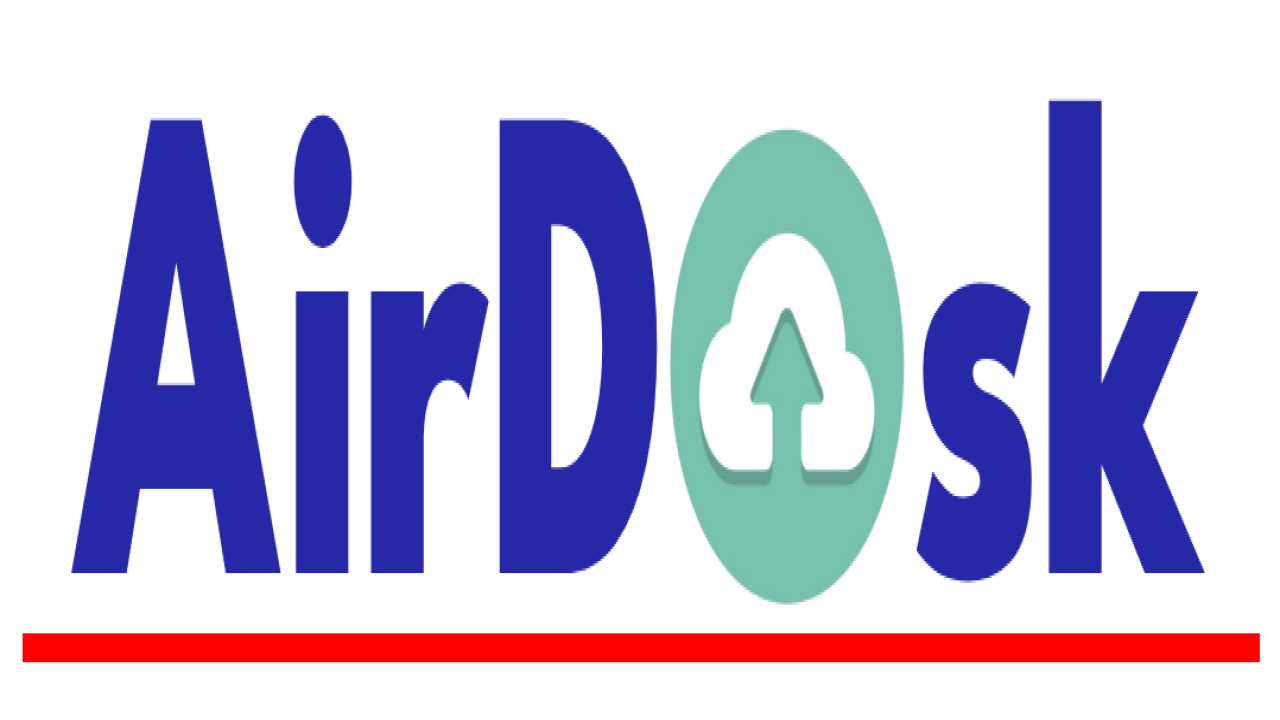How To Host Your Own Website (2024 Guide)
Launching a website is a critical step for personal projects, businesses, or community initiatives. Hosting your own website means you have complete control over its performance, security, and scalability. This guide will walk you through the entire process of hosting your website in 2024, from choosing the right hosting solution to making your site live and accessible to the world.
Step 1: Define Your Website's Requirements
Before you start, it's essential to understand your website's specific needs:
- Purpose: Is your website a blog, a business site, an e-commerce platform, or a portfolio?
- Traffic Expectations: Estimate the number of visitors you expect to handle.
- Technical Requirements: Determine the need for databases, content management systems (CMS), custom scripts, etc.
Step 2: Choose Your Hosting Type
There are various types of hosting available, each suited to different needs and budgets:
-
Shared Hosting:
- Pros: Cost-effective, user-friendly, managed by the hosting provider.
- Cons: Limited resources, less control, potential for slower performance due to shared resources.
- Ideal For: Small websites, personal blogs, and startups with low traffic.
-
VPS (Virtual Private Server) Hosting:
- Pros: More control, dedicated resources, better performance than shared hosting.
- Cons: More expensive, requires some technical knowledge.
- Ideal For: Growing websites, medium-sized businesses, developers.
-
Dedicated Hosting:
- Pros: Complete control, high performance, no resource sharing.
- Cons: Expensive, requires technical expertise for management.
- Ideal For: Large websites, high-traffic applications, enterprises.
-
Cloud Hosting:
- Pros: Scalable, flexible, pay-as-you-go pricing, often managed by the provider.
- Cons: Can be costly with high usage, may involve complex setup.
- Ideal For: Startups, rapidly growing websites, applications needing high availability.
-
Self-Hosting:
- Pros: Full control over hardware and software, no recurring hosting fees.
- Cons: High initial cost, complex setup, requires ongoing maintenance.
- Ideal For: Tech enthusiasts, projects requiring maximum control.
Step 3: Choose a Hosting Provider
Depending on your hosting type, select a provider that aligns with your requirements:
- Shared Hosting: Bluehost, SiteGround, HostGator.
- VPS Hosting: DigitalOcean, Linode, InMotion Hosting.
- Dedicated Hosting: Liquid Web, Bluehost, A2 Hosting.
- Cloud Hosting: AWS, Google Cloud, Microsoft Azure.
- Self-Hosting: Use your own hardware or a colocation service.
Step 4: Register a Domain Name
Your domain name is your website’s address on the internet. Here's how to get one:
- Choose a Domain Registrar: Services like GoDaddy, Namecheap, or your hosting provider often offer domain registration.
- Search for Availability: Use the registrar’s search tool to find an available domain name.
- Purchase the Domain: Buy the domain for your desired period (usually 1 year, renewable).
Step 5: Set Up Your Server
Depending on your chosen hosting type, the setup process will vary:
-
Shared Hosting:
- Control Panel Access: Log in to your hosting account’s control panel (usually cPanel or Plesk).
- Install Software: Use one-click installers to set up CMSs like WordPress, Joomla, or Drupal.
-
VPS/Dedicated/Cloud Hosting:
- Server Provisioning: Create and configure your server instance.
- Operating System: Install your preferred OS (e.g., Ubuntu, CentOS, Windows Server).
- Security Setup: Configure firewalls, SSH keys, and update default credentials.
-
Self-Hosting:
- Hardware Setup: Assemble your server hardware and connect it to your network.
- Software Installation: Install a server OS and necessary server software.
- Network Configuration: Set up port forwarding and obtain a static IP if needed.
Step 6: Install and Configure Your Website
- Install a Web Server: Choose software like Apache, Nginx, or Microsoft IIS.
- Database Setup: If your website needs a database, install MySQL, PostgreSQL, or another database system.
- Application Installation: Install your CMS (e.g., WordPress) or custom application.
- File Transfer: Upload your website files using FTP/SFTP.
Step 7: Link Your Domain to Your Server
Configure your domain to point to your server’s IP address:
- DNS Settings: Log in to your domain registrar and access the DNS management settings.
- Create DNS Records: Set up A records to point your domain to your server’s IP address and any necessary CNAME or MX records.
Step 8: Secure Your Website
Security is paramount for any website. Here’s how to safeguard yours:
- SSL Certificate: Obtain and install an SSL certificate to enable HTTPS. Many hosting providers offer free SSL certificates via Let's Encrypt.
- Regular Updates: Keep your server, CMS, and plugins up to date to avoid vulnerabilities.
- Security Tools: Use tools like firewalls, malware scanners, and security plugins to enhance protection.
Step 9: Test Your Website
Ensure your website is functioning correctly:
- Accessibility: Check that your site is accessible from various devices and browsers.
- Performance: Use tools like Google PageSpeed Insights or GTmetrix to test load times and optimize performance.
- Functionality: Verify all features, forms, and scripts are working as expected.
Step 10: Launch and Maintain Your Website
Once your site is live, ongoing maintenance is crucial:
- Content Updates: Regularly update your website content to keep it fresh and relevant.
- Backup: Implement regular backup strategies to protect your data.
- Monitoring: Use uptime monitoring services to ensure your site remains online and responsive.




Comments (0)